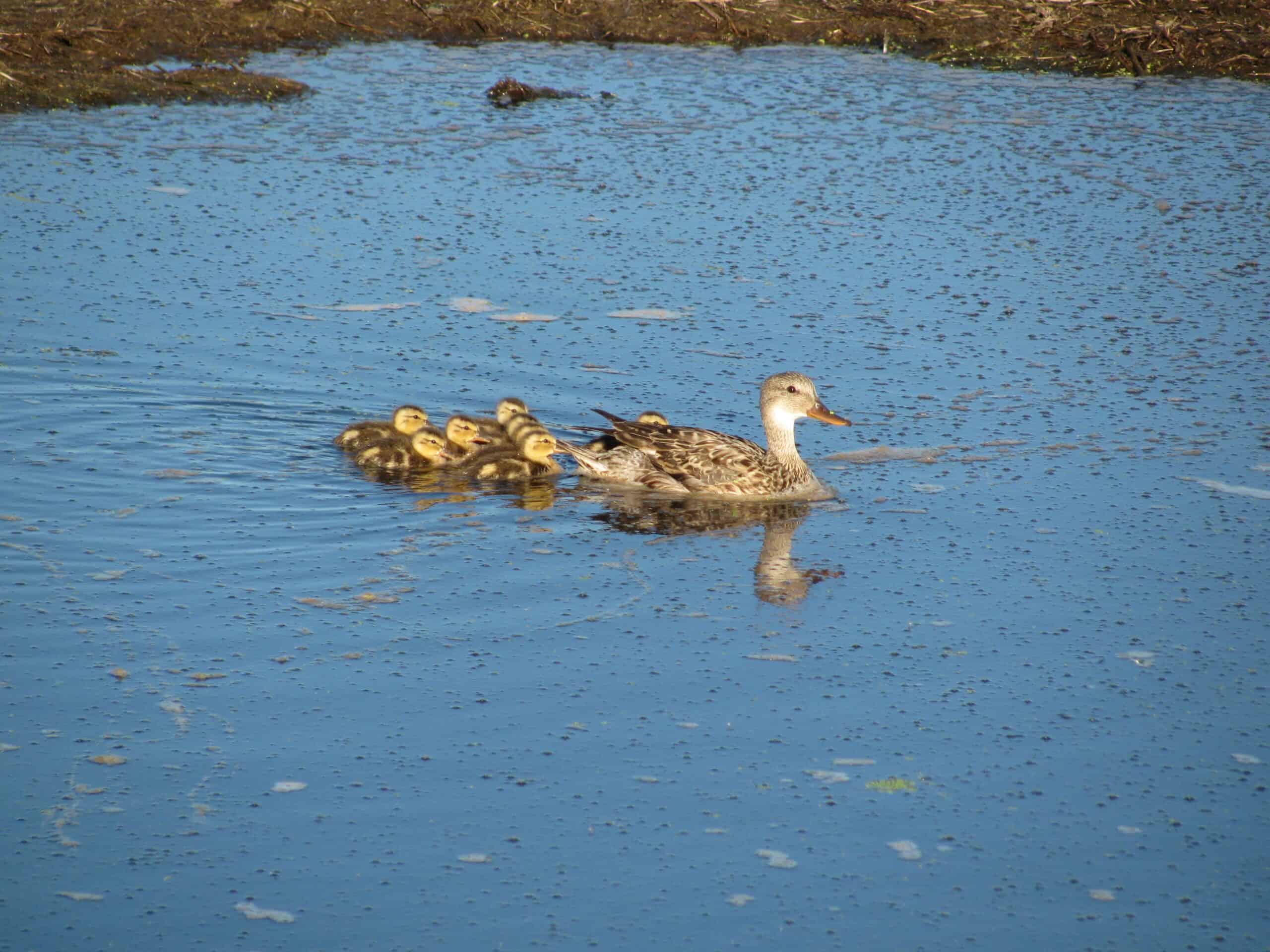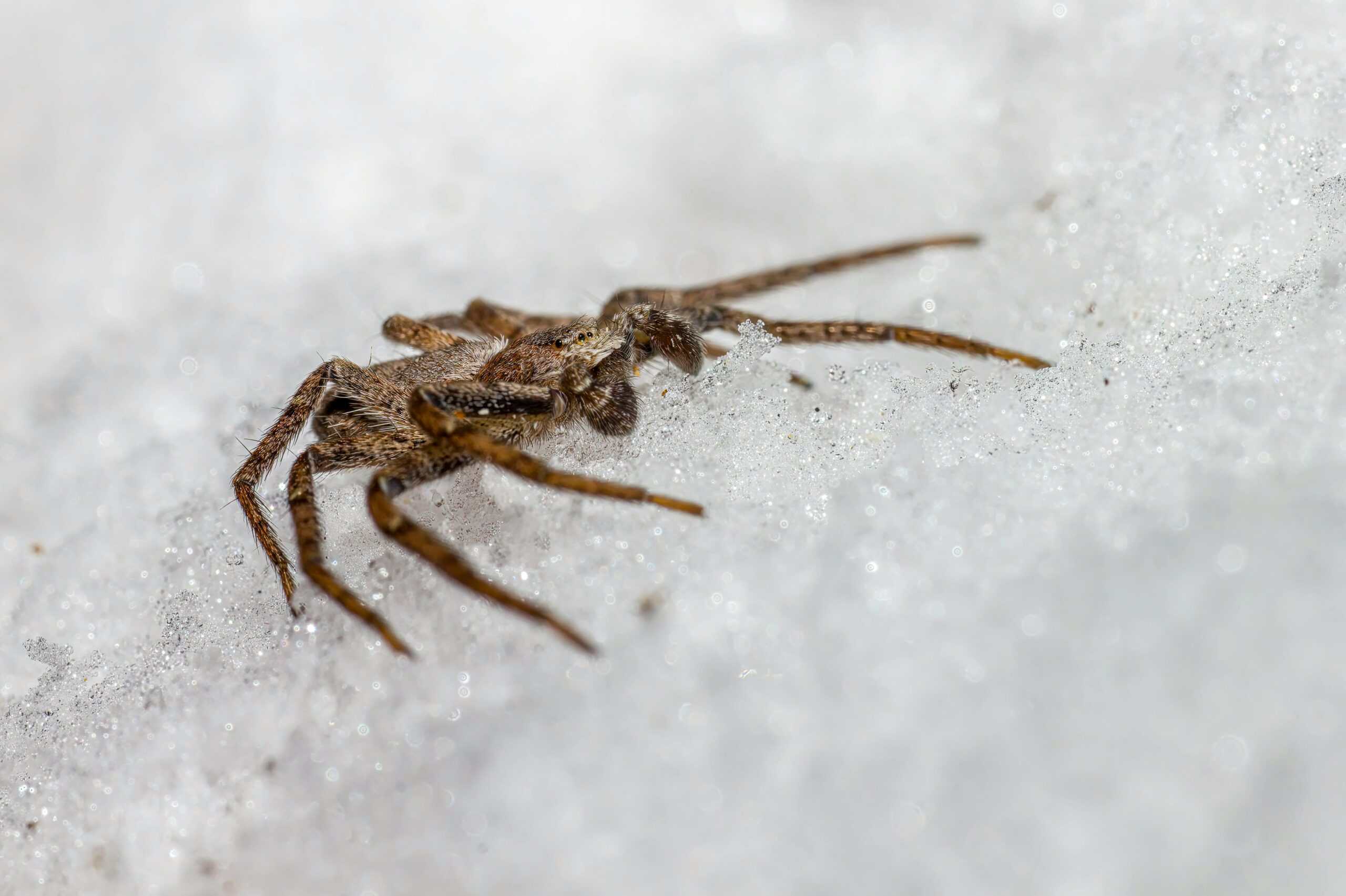Share this article
Fall of the monarchs
Over the last two decades, the number of monarch butterflies (Danaus plexippus) in North America has plummeted by approximately 90 percent — in part due to winter habitat loss in Mexico and increased herbicide use in the Midwest.
But a study by Michigan State University, published in the Proceedings of the National Academy of Sciences journal,found that environmental conditions during autumn migration are contributing to the decline of the eastern monarch butterfly population, revealing a wider range of threats to the species than previously studied.
Each fall, millions of monarch butterflies depart from their summer breeding grounds in the northern United States and Canada, sometimes traveling upwards of 3,000 miles to reach winter habitats in Mexico. Along the way, they encounter a wide range of threats related to climate change, deforestation and loss of milkweed — the only plant on which they lay eggs, and upon which larvae feed and grow before they turn in to butterflies.
Scientists have long recognized the correlation between these threats and the declining monarch butterfly population, but they’ve struggled to collect and analyze supporting data from migratory periods, especially fall.
“Getting accurate monarch counts in the summer is tough,” said Saunders, who’s currently a quantitative ecologist at National Audubon Society. “Finding them in the fall, though, is nearly impossible as they’re moving hundreds of miles daily.”
In their study, Saunders and her team built a multiscale model and included a summer population index to account for year-to-year variations. They then added environmental factors occurring during the fall migration, such as temperature and landscape greenness.
But instead of considering the winter population as a single entity, Saunders and her team used the numbers from all 19 known colonies individually, culling decadesworth of continental-scale data. Their findings: Greener autumns create an increased availability of nectar resources in southern U.S. floral corridors, thus providing ample fuel for monarch butterflies during the fall migration.
“Our model shows that all seasons are important; summer, fall and winter factors are all connected,” said Saunders. “In particular, we found that landscape greenness during the fall migration, in addition to the peak summer population size and the amount of habitat at local winter colonies, were the key factors influencing the winter population size.”
The research, which was funded by the National Science Foundation, also highlights additional threats to the monarch population, according to Saunders. With climate change expected to alter both temperatures and precipitation, for instance, the availability of nectar resources could diminish during the fall.
Ultimately, Saunders said determining the link between stages of the annual cycle is critical for understanding the ecology of migratory species and hence, their effective conservation.
“For monarchs, their migration is one of the longest of any known insect and is a biological phenomenon,” she said. “Conserving the migration is only possible if we can fully understand the impact of migratory conditions on individuals and thus, the population.”
Header Image: The monarch butterfly migration is one of the longest known of any insect. © Rick Hansen/USFWS








